The Nymphaeum
There is a rectangular area to the east of the large natatio, with a smaller pool (figs. 1-2).
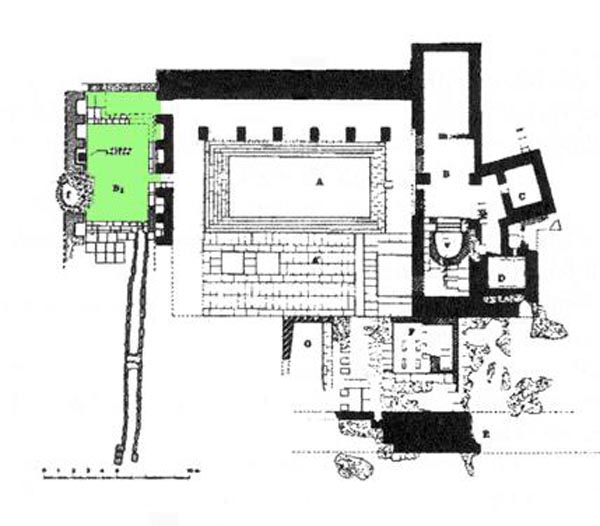
Fig. 1 - Baths I; in green the Nymphaeum (from Bacco-Serra 1998).
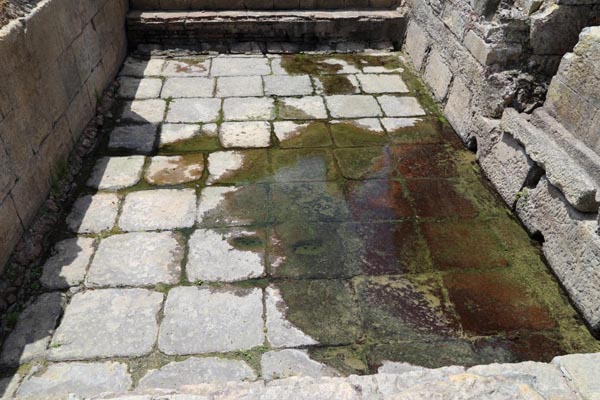
Fig. 2 - The Nymphaeum viewed from the North (photo by Unicity S.p.A.)
This area has been identified as the Nymphaeum, that is a space dedicated to the Nymphs, divinities of nature and waters, based on an inscription found (fig. 3); it is connected to the natatio by two openings.
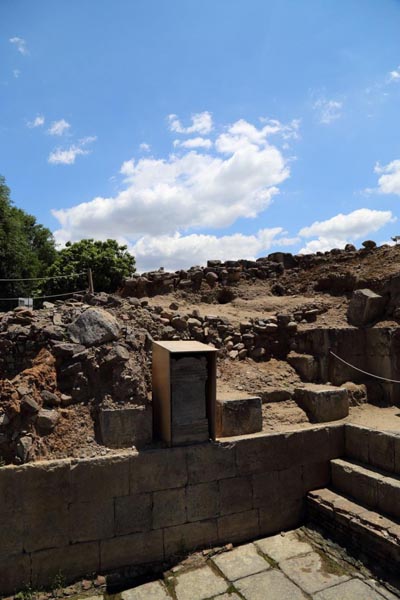
Fig. 3 - View of the Nymphaeum with the inscription repositioned and protected (photo by Unicity S.p.A.).
The eastern and western sides are decorated respectively by seven and five rectangular niches; one of them holds the inscription mentioned above. The other niches were found empty; but we can suppose they contained other dedications or votive statues.
The water entered the pool through two spouts on the southern side and one on the western one (fig. 4), and was drained into the river by a canal on the northern side (fig. 5).
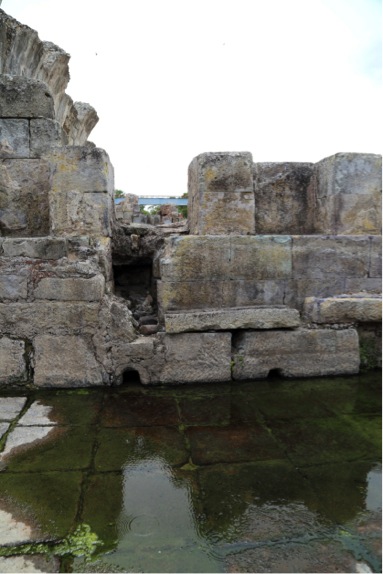
Fig. 4 - View of the western wall of the Nymphaem, with the supply of water; on the bottom of the wall you can see the holes used to drain water (photo by Unicity S.p.A.).
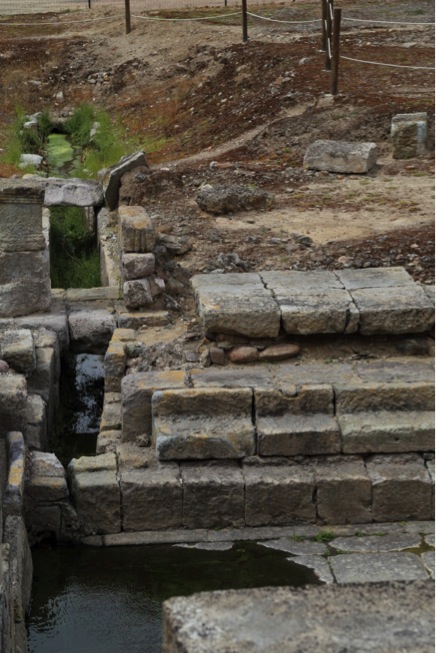
Fig. 5 - Northern side of the Nymphaeum, drainage of water towards the Tirso river (photo by Unicity S.p.A.).
Bibliografia
- G. BACCO, P. B. SERRA, Forum Traiani: il complesso termale e l’indagine archeologica di scavo, in L’Africa Romana XII, Atti del Convegno di Studio 1996, pp. 1240-1245.

 VR
VR